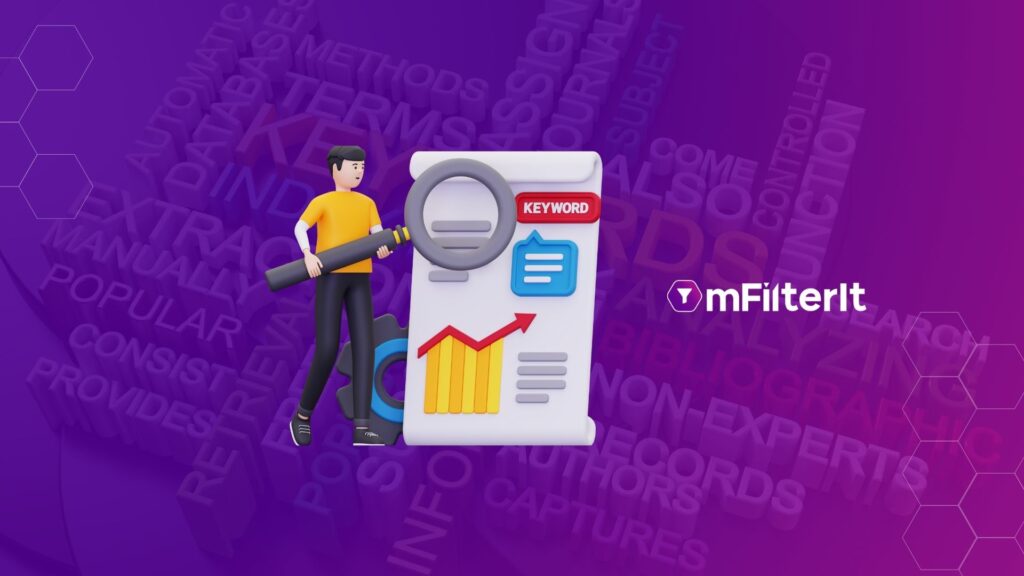Do You Think Ad Fraud Detection on Mobile Attribution Platforms is Enough?
Mobile attribution platforms are present to report performance measurement, attribution, and analytics on your campaigns. These platforms are essential to get relevant business insights and efficiently analyze the App performance campaigns. If these platforms are not present, the advertisers will be unaware of the whereabouts of their payouts made to their networks. However, the advertiser must also ensure that they are not paying for fraudulent transactions. Most of the attribution platforms claim to provide fraud detection tools which are often bundled with their attribution services. However, the question is whether the fraud detected on mobile attribution platforms is enough. Though the attribution platforms are providing fraud detection solutions, there is often a gap between the fraud detected and the actual ad fraud. In this blog, learn how attribution platforms fail in detecting actual fraud and why your brand needs an expert to prevent the consequences of ad fraud. 1. Bundled Package Schemes The biggest attribution platforms or the MMP run on a revenue model where the billing is done on the attributed data. However, some attribution platforms also offer additional services of ad fraud detection and prevention solutions to their consumers. But there is a loophole. The attribution platforms bill the advertisers on the attribution data and due to ad fraud detection, the revenue eventually reduces. To create a balance between the attribution and the ad fraud, they choose to miss the actual fraud traffic coming. This further results in the loss of the advertiser’s money as they are paying for the fraud detection and attribute data to the MMPs along with the fraud traffic coming from SIVT, organic hijacking, and business compliance frauds. 2. Ad Fraud Detection In relevance to the above case, the ad fraud detection solutions provided by the attribution platform often claim to detect fraud up to 20%. However, ad fraud is still present in up to 50-60% of the ad traffic they claim to be clean. In this case, the advertisers are under the impression that the fraud on their ad campaigns has been detected and prevented. But the reality is that they are still paying for the ad traffic coming from bots and click injection. 3. Offering Make Your Rules Benefit Along with providing ad fraud solutions, the attribution platforms also offer one of their best-selling USPs – “customers can customize their rules to detect ad fraud”. This means they can decide under what criteria they want to detect ad fraud. For instance: An ‘X’ customer wants to detect ad fraud location-wise”. However, in this case, there is a major gap between the ad fraud detected and the actual ad fraud happening. However, the advertisers may detect the bot traffic coming from an irrelevant location outside their selected locations where the ad is supposed to serve. However, the advertisers are not ad fraud experts and cannot detect sophisticated bots that are coming every day. This further results in a loss of time and money for the advertiser on the ad traffic which is not benefitting them in any way. How mFilterIt Offers a Solution Full-Funnel Ad Fraud Detection At mFilterIt, we run a full-funnel ad fraud detection on ad campaigns to track sophisticated bot patterns and take immediate measures. This helps prevent the impacts of bot traffic on ad campaigns in the future and saves the waste of advertisers’ money on invalid traffic. Quick Action on New Detected Bots When we detect a new ‘bot’ in an ad campaign of an X customer, our first step is to identify that bot in the campaigns of other customers and flag them on every customer’s ad campaign. Proactive Reporting Some of the attribution platforms provide the ad fraud report on a D-7 basis. This means that if the ad campaign is detected till the 20th of a month, then the advertiser will receive the report on the 28th of that month. During this time, the advertiser is in a constant dilemma to understand the actual ad fraud detected in their ad campaigns. This further delays the possible preventative measures that could have been taken against ad fraud. However, we provide D-1 data, which means that if the ad campaign is analyzed till the 20th of the month, the advertiser gets the report on the 21st of the month. This helps the advertiser to understand the possible impact of ad fraud and take preventative measures immediately without wasting further ad spending on irrelevant traffic. Conclusion MMPs claim to provide ad fraud solutions but for many reasons, they miss a high percentage of fraud. This further impacts the performance of ad campaigns and forces you to keep investing in fraud traffic. On the other hand, an ad fraud prevention and detection solution like mFilterIt not only detects ad fraud at the early stages but also ensures to prevention of its impact on your campaigns in the future. Get in touch to learn more about Ad fraud detection
Do You Think Ad Fraud Detection on Mobile Attribution Platforms is Enough? Read More »





